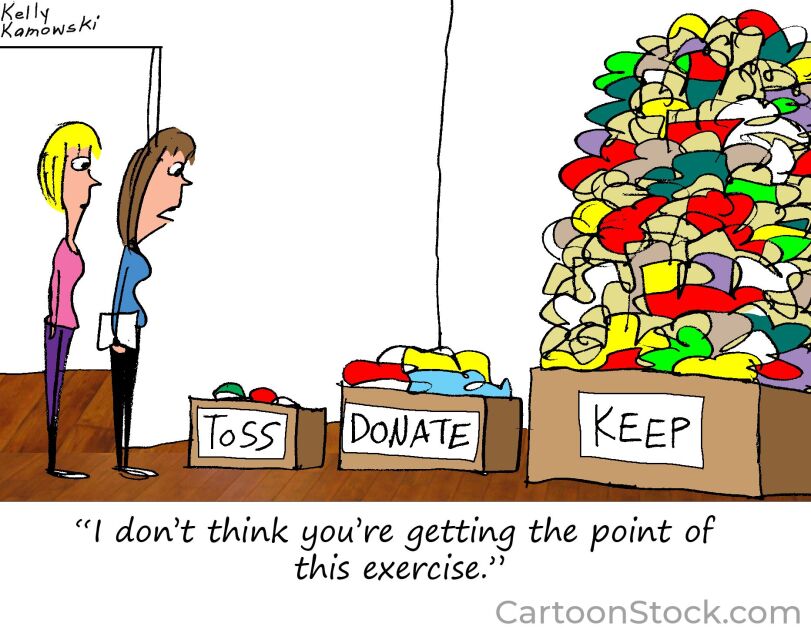After years of worsening anxiety that kept him from school, Blaine Franzel’s prospects for high school graduation are finally looking up.
Blaine, 17, is one of more than a third of U.S. high school students whose mental health problems worsened during the pandemic. Flexibility, compassion, and hands-on learning have helped him regain ground after a year of isolation and lost learning.
Blaine was diagnosed with anxiety, depression, and obsessive-compulsive disorder as a child, but maintained good grades and strong friendships through 8th grade in his small Alabama hometown. That started to come undone even before the pandemic, when the family moved to Florida in August 2019.
“Blaine was only in the high school for less than a week when he got sick, and then he was out of school for a week … and I could never get him to walk back into the high school after that,” said Angel Franzel, Blaine’s mom.
Blaine puts it more bluntly: “I sort of had a breakdown when we moved and I didn’t go to school for the first six months I was signed up for regular school.”
For the rest of the 2019-20 school year, Blaine found it harder and harder to leave his room as he bounced from his large comprehensive high school to the online-only Florida Virtual Academy and Connections Academy.
“He failed classes in both of those. He just couldn’t do it. He wasn’t there emotionally to do it and get the grades, which was very difficult for our household because he was a good student where we came from,” Angel Franzel said.
“The pandemic made things worse for him, because he was already having a hard time with leaving the house because of the anxiety and depression that had hit him so hard,” she said.
The Centers for Disease Control and Prevention estimate more than 1 in 3 teenagers experienced worsening mental health during the pandemic, with more than 40 percent reporting persistent feelings of sadness and hopelessness. Educators who work with adolescents warn mental health issues have put more students at risk of disengaging from school.
By what should have been 10th grade, Blaine moved to Spectrum Academy, an alternative school where he said teachers have helped him gradually return to class—first virtually, and now in-person two to three days a week.
“They have a lot of group conversations in class, but they’ve spent a lot of time just working with him individually and encouraging him individually to get into class,” Angel Franzel said.
Weekly check-ins with a school counselor, very small classes, and day-to-day schedule flexibility have helped him re-engage, Blaine said.

“I don’t have much trouble in just the pure academic aspect. It’s more about me going,” Blaine said. “Classes aren’t set in stone [as to] when you have to do them. If you need to, you can do it later. You can do it earlier. … If you’re feeling stressed, feeling overwhelmed, feeling tired, you can go walk around for a little bit and get some fresh air in the courtyard and then come back in … which helps me a lot during my class time.”
Blaine said his turning point came last school year, when Spectrum Principal Janice Mills helped him join a two-year aviation assembly certification program, a partnership between the school and the community nonprofit Project LIFT.
“Last year, we went over the history of aviation from the start to the finish, and because of that, I started going more ‘cause I wanted to do that as my career path,” he said. Blaine is on track to graduate in December, after spending this fall completing his last three credits and helping to build a single-engine airplane.
“My dad’s an aircraft mechanic. My cousin is a propulsion engineer in the Air Force. So, that’s just what my family does,” he said.









